When should I backwash my pool filter? Without a doubt, this question has to be one of our top five most frequently asked questions. Knowing when to clean your sand or diatomaceous earth (DE) filter is vital in keeping your pool water and equipment healthy. Identifying when to backwash your filter is simple, but there are different methods to go about it. In today’s blog we will discuss three common ways of determining when to backwash your pool filter:
- PSI
- Water Flow
- Water Clarity
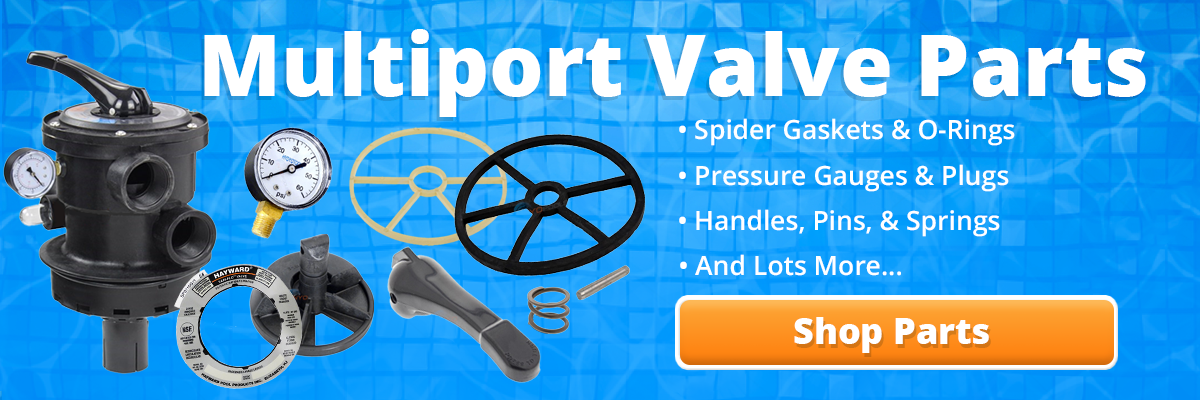
What Is Backwashing?
Unlike when you are sharing a drink with a friend, backwashing is A-OK to do and it is even encouraged. In pool terms, backwashing is the act of reversing the flow of water through your filter media, thereby dislodging trapped debris and flushing it out through your multiport valve waste line. For anyone needing a detailed walkthrough on how to backwash a sand or DE filter, look no further than our how-to guides on backwashing a sand filter, or DE filter. For the visual learners out there, you can watch our how-to backwash video guides embedded below.
But enough about what backwashing is, let us get to the meat of the issue. When should you backwash your pool filter?
P.S.I.
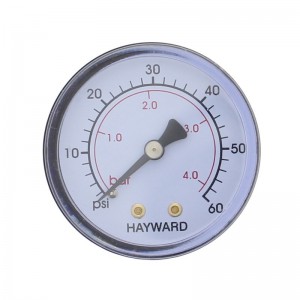
An increase of a quater or a third of your filter’s “clean” operating pressure is a sign of a dirty filter. Pounds per square inch (psi) is a standard unit for measuring pressure and the most common factor used in determining when to backwash a pool filter. A filter’s pressure gauge is the tool used to measure a filter’s psi. The face of the gauge is clearly marked off in increments of ones or tens and normally has a maximum value of 50-60 psi. The “clean” psi rating for individual pools will differ due to variables such as filter size, pump strength and feet of head. The “normal” pressure is the baseline psi reading after a heavy filter cleaning cycle or after the installation of new filter media (new sand or recharged DE grids). For example, if your normal baseline psi reading is 12 psi then when your gauge reads 15-16 psi (20 – 25 percent psi above your filter’s normal operating pressure) it is time to backwash your pool filter.
There are two types of pressure gauges generally used on filters: dry case and liquid (oil) filled. The dry case gauges are by far the more common and often the type that is packaged with a brand new filter. The liquid filled gauges are my personal favorite as they prove to be more durable than dry case gauges. The liquid (glycerine or silicone) dampens the vibrations which are the archenemy of the fragile innards of the pressure gauge.
Go with the Flow
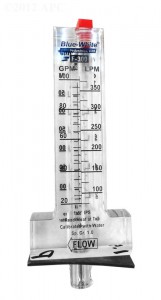
A flowmeter is a quick and simple tool for checking filter health by measuring the gallons per minute (GPM) rate through your plumbing line. A GPM drop of a third of the normal flow rate is a sign that your sand or DE filter requires a backwash. For example, if your normal flow is measured at a rate of 30 GPM, a reading of 20 GPM means your filter is screaming, “Clean me!”
There are two common flowmeter styles used on residential pools. The one is the float and tube and the other is a digital format that uses a paddle-wheel mechanism to measure the flow. The float and tube is my personal preference because of the minimal moving parts. Fewer moving parts mean fewer things can go wrong. Digital flowmeters are super accurate, but for the simple practice of determining when to backwash a pool filter they may be overkill.
Flowmeters are tools that you can use to determine the health of your pool quickly and easily. Unfortunately, they are often overlooked or left out of pool designs. The reason for this escapes me, but I make sure to tell anyone who is building a pool to add a flowmeter. If your existing pool does not have a flowmeter, do not fret, because they are easily added to plumbing lines. For those who are curious, feel free to read our how-to guide on installing a pool water flowmeter.
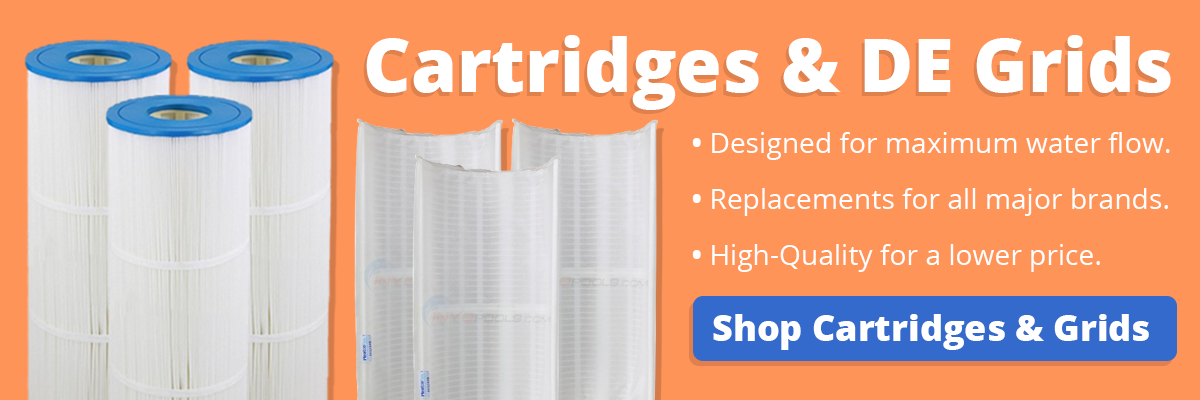
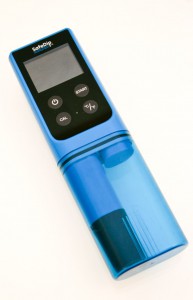
Pool Water TDS Levels, AKA Clarity
Measuring a pool’s total dissolved solids (TDS) level is to measure its water clarity or lack thereof due to suspended particles. Essentially it is measuring how dirty your water is down to the parts per million (PPM). A freshwater pool should not exceed 2,000 PPM, because anything higher risks sanitation chemicals, like chlorine, losing their effectiveness. The most common method of measuring TDS is by checking the water for a “cloudy” appearance or testing water samples. Most local pool stores offer free water testing services, but for DIY guys and gals a home kit is just as effective. The SafeDip 6-in-1 Electronic Tester measures TDS levels as well as free chlorine, pH, ORP, saline levels and temperature. It is a one-stop shop for avid water testers.
As usual, thank you for reading and if you have any further questions feel free to leave a comment below or call our toll-free helpline at 877-372-6038.
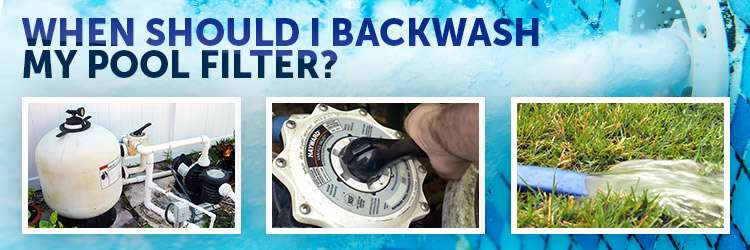
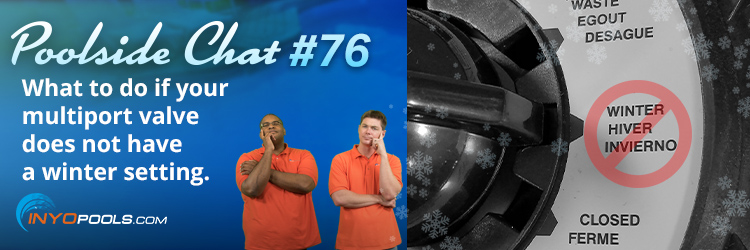
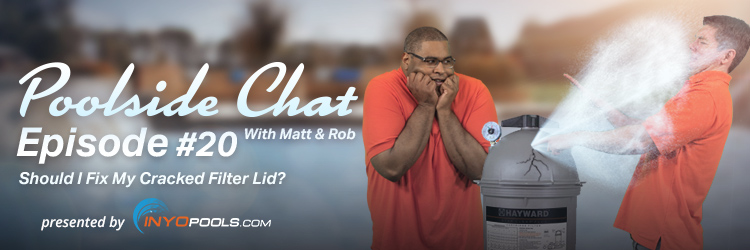
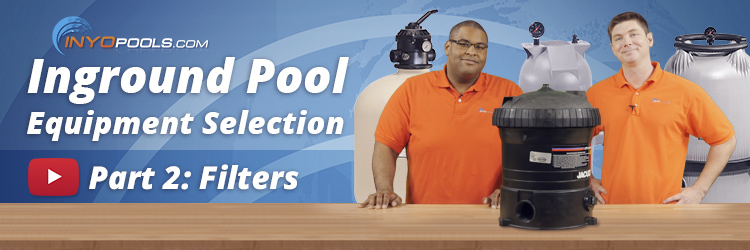
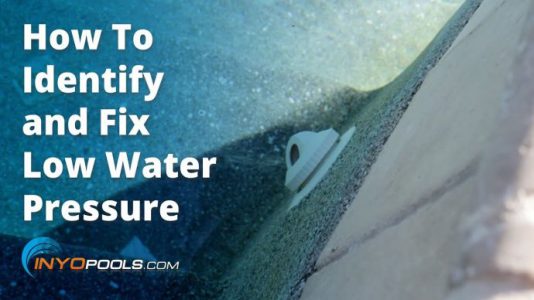






My pool was just opened by a pool company and is still a bit cloudy. (I do normal seasonal maintenance but have them open and clear the pool at the beginning of the season). They are coming every few days to check, but I just noticed that my filter is at the clean filter mark (a bit above). Should I back wash now? I’m not sure what stage we’re at in clean up.
Sure, give it a backwash. To speed up the process, I suggest using a clarifier, flocculant, or an enzyme cleaner like pool first aid. That cloudiness is probably dead algae, so you just need to get that stuff purged to get your season started off right.
I have a DE Hayward filter for in ground pool. Like last year, the pool has phosphates 🤬 so I poured 1/2 bottle in skimmer, then 24 hours later poured the rest. The problem is the returns slow down to practically nothing within a few hours so I have to keep backwashing a few times a day – I have been told it is ok to NOT add earth every time, maybe every other time add about 16 oz – is it normal with phosphates to backwash every few hours?
A lot of phosphate removing agents are not meant to go through the filter media, and should only be circulated with your valve set to bypass, and then backwashed to waste. These types of chemicals clog the grids, which may explain why you are having water pressure issues after the fact.
And yes, you should add DE after backwashing.
What is the life span of a sand filter?
The sand is 3-5 years; the filter tank can last a decade or two.
I have just opened my pool. Its an 18,000 gallon in ground pool with a hayward perfect model ec-65 DE filter. Ive noticed my pain is normally around 13-16. But has been creeping up to as much as 20-23psi. When this happens I have stopped the pump and “bumped” my system and the pressure will go back to normal. Then about an hour or two later it will start to creep up again. After bumping a few times and the psi still creeping I will then backwash. The pressure will go back to it normal operating range, but start to creep back up to the 20 psi range again in about an hour or two. Should I just bite the bullet and disassemble the filter and clean the finger tubes by spraying off any DE with a hose or should I go full bore and give the fingers and acid bath ?
If you are opening the pool, are you dealing with any algae or cloudy water? if so, these pressure issues are likely caused by the filter getting clogged with that debris. If there is an algae issure then you will just have to keep bumping and backwashing until it is clear.
If the water is clear, then your pump may be in need of a deep clean. If I was planned on going through with a full teardown of the filter, I would give the fingers an acid bath just to make sure the job is done right.
When opening an above ground pool (first time here), should I have the sand filter on backwash when I turn the pump on for the first time, or make sure everything works before backwashing?
Yes, you can start it on backwash to purge your filter of any gunk and prepare the sand for filtering.
HELP!!! 🙂 We have an 18x9x4′ oval above ground bestway pool. It came with a TINY cartridge filter, so I ordered a 1500GPH sand filter, and an intex saltwater system, as well as a solar panel (the hard kind, not the mat), but I was so overwhelmed after having set the pool up originally that I paid a pool guy to set the upgrades up…but I think he messed up….
I know for a fact that he didn’t backwash the sand filter and now I’m worried about what I need to do because of that. He told me he had never worked on this kind of system. When I looked for help with this in my area (so Cal) people only did in ground but this is actually a big above ground pool. I couldn’t find any one and finally this person came out to help but didn’t really seem to understand anymore then I did.
Hello when closing the pool the pool safe antifreeze is in the lines. When opening the pool do I run it normally first, back wash or just turn it to waste to flush it out. I have a remote cover so the water will be clear just a couple leaves and such. What order should I run the water. Thank you
I’m confused between the two terms: Backwash vs. Filter Clean. When should you backwash vs. when should you clean the filter, i.e. remove the grids and hose everything down (if DE add new DE).
To backwash is to clean the filter. But the process of completing a deep clean of the filter by breaking down the individual parts, probably only needs doing once or twice a season; the start and/or the end of the pool season. Or if backwashing doesn’t lower the PSI, or if the PSI rises quicker than usual after a backwashing, a thorough deep cleaning of the filter is necessary